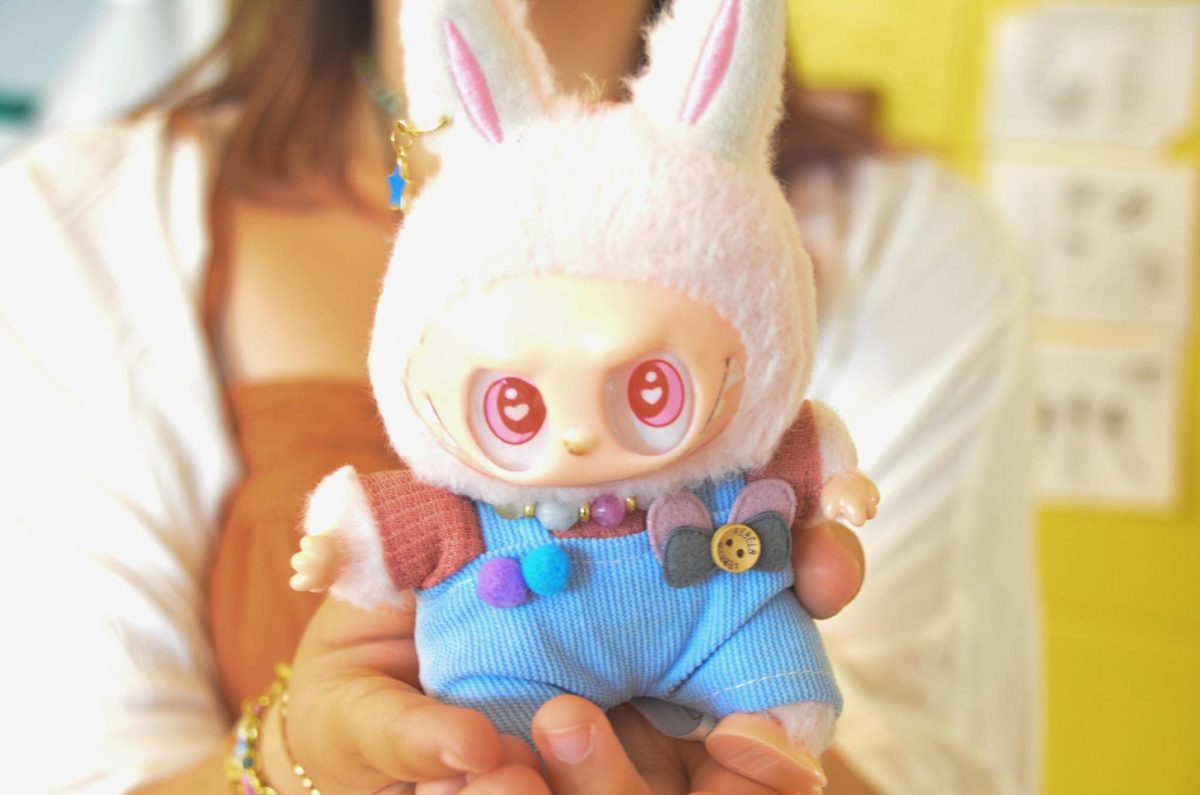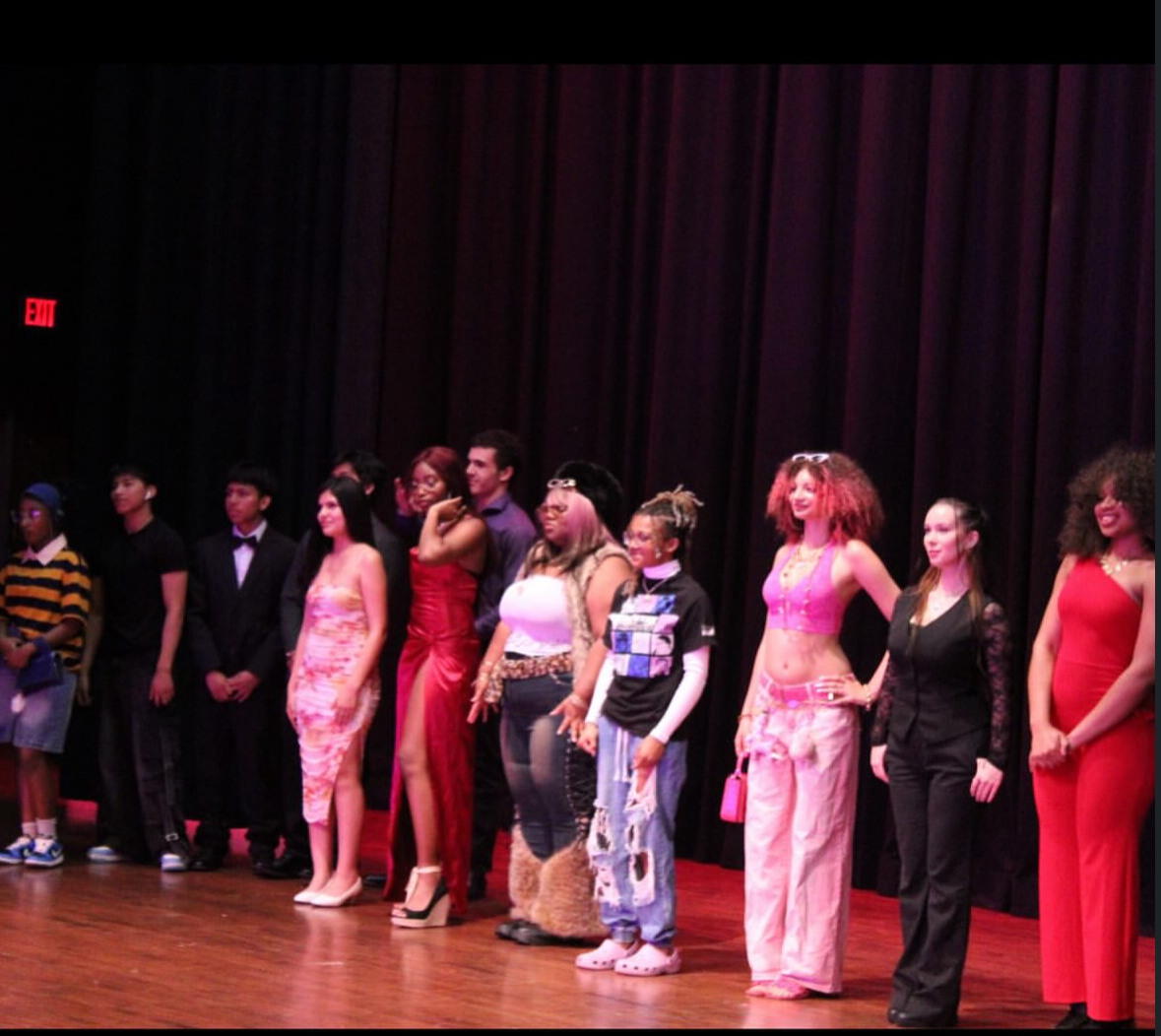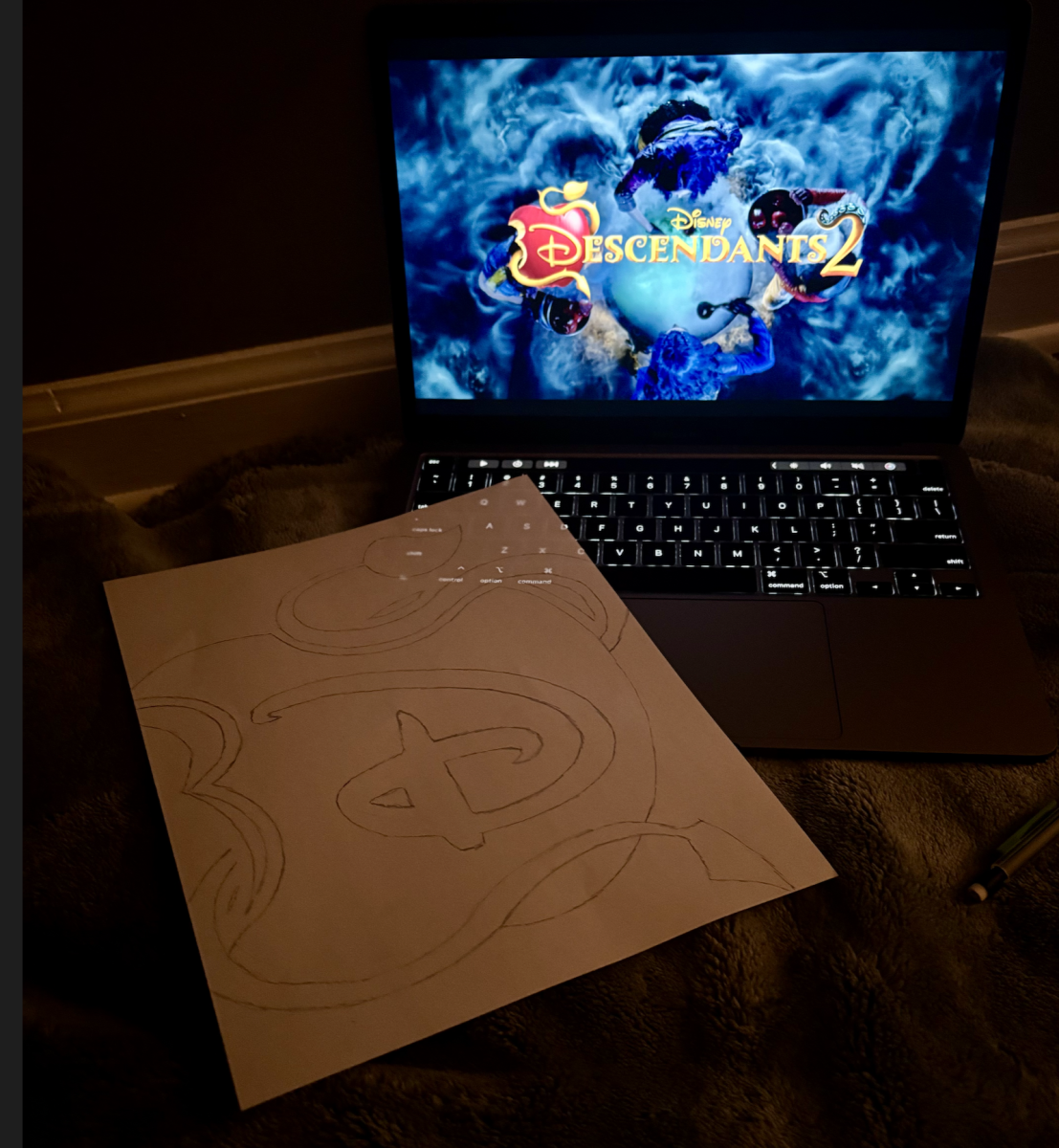Pixar’s “Turning Red” Turns Fans “Red” with Representation
May 16, 2022
The release of Pixar’s newest animated film “Turning Red” has taken over headlines as the movie breaks many records being the first Pixar movie directed completely by a woman (she wrote the story as well!), first Pixar movie set in Canada, and second Pixar movie to have a protagonist of Asian descent (“Up” was the first).
The film tells the story of 13-year-old Meilin Lee, a newfound teenager who is still discovering herself while grappling with relationships, feelings, and responsibilities. Meilin, however, finds a different way of dealing with her usual teenage emotions as she becomes a giant red panda every time she feels any sort of strong feelings. So the phrase “turning red with anger” really does hold true for Meilin at times.
Personally, I loved the movie and everything it tried to convey through the storyline. Meilin was the perfect representation of what I was like at 13 and even now at 18. She was cool and confident and completely herself, but at the same time, she had this messy side to herself filled with worries and insecurities. Director Domee Shi really showed what it was like to be a young daughter of immigrant parents with so many expectations and responsibilities put on tiny shoulders.
I felt myself relating to Meilin as she tries to maintain perfect grades, her job at the family temple, her social life, and the “good girl” image her parents expect from her. It’s a lot to handle as a teenager, and I think the movie portrayed this very well through the use of the red panda as a symbol for teenage emotions and just the more chaotic side of young people.
Another aspect of the movie that really stood out to me was the diversity shown amongst the supporting characters in the movie, specifically Meilin’s friends Priya, Miriam, and Abby. Priya is Indo-Canadian, Miriam is Jewish-Canadian, and Abby is Korean-Canadian, and I really liked how they all represented different cultures through their physical appearances and personalities. With Meilin being Chinese-Canadian herself, it was really cool to see a different set of characters that I could relate more to and see myself in. They all looked like people I had actually seen before in my community, and it was quite refreshing to see some diversity in a Pixar film after a long time.
While the movie has been highly praised for its depiction of important topics in a lighthearted manner, it has been criticized for the same. Many parents of young children who watched the film are upset because of the film’s portrayal of menstruation and teenage puberty. They were not particularly happy that such topics were being discussed in what was supposed to be a children’s film.
One Facebook user wrote, “I highly recommend watching the new Disney Pixar movie ‘Turning Red’ without your children before you consider letting them watch it. We watched all the way to the part where the mom brings in Ibuprofen & pads. I am absolutely mortified. It’s safe to say that I’ve learned my lesson about reading movie reviews before I let my boys watch.”
And while I understand these parents’ concerns and right to educate their children on these topics in whichever manner they choose, I think it’s amazing that Pixar and Shi are incorporating these concepts into their films and therefore normalizing conversations about them. This is something that I would have loved to see as a confused 14 or 15-year old.
And I feel like if parents can let their kids watch movies with lots of violence and crude language, then they have no reason to be upset over a brief scene in an animated movie showing a pad. However, I know that this is not the case for everyone, so it probably would have been nice to have some sort of small “warning” or disclaimer to respect all parents’ decisions for their children.
Controversies aside, I really would recommend this movie to children of all ages, including those who deem themselves “too old” for animated movies, because I think it’s something we all can relate to in one way or another. We all have a crazy red panda side to ourselves, and I think “Turning Red” reminds us all to embrace it any way we can.










